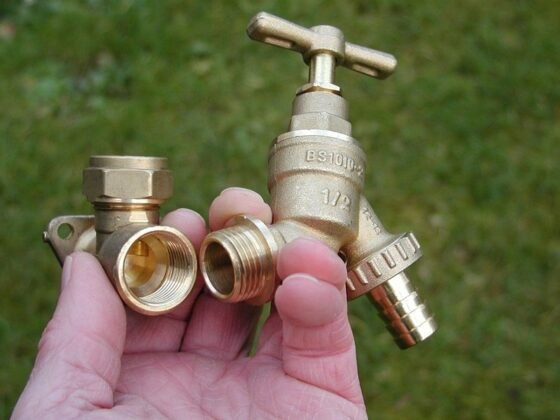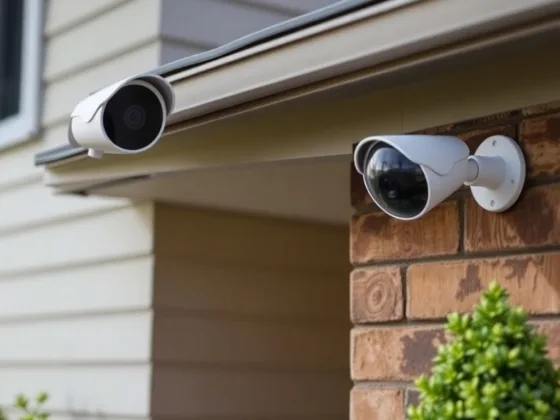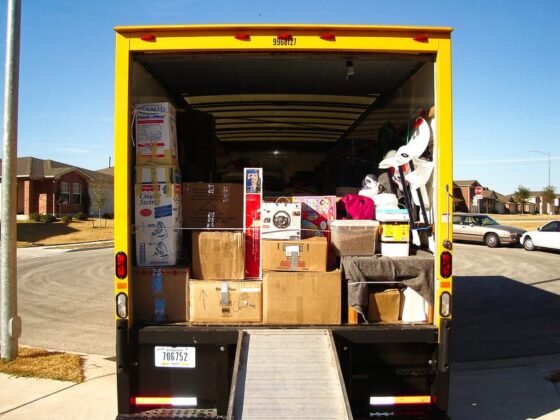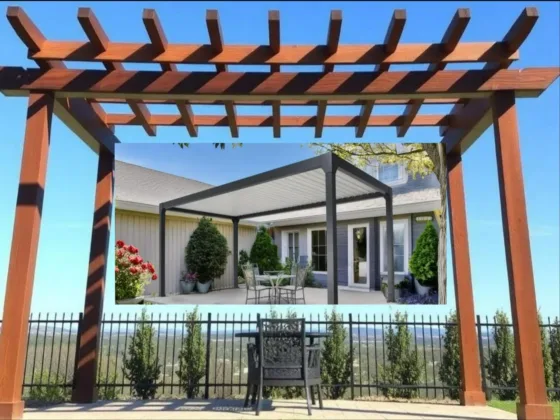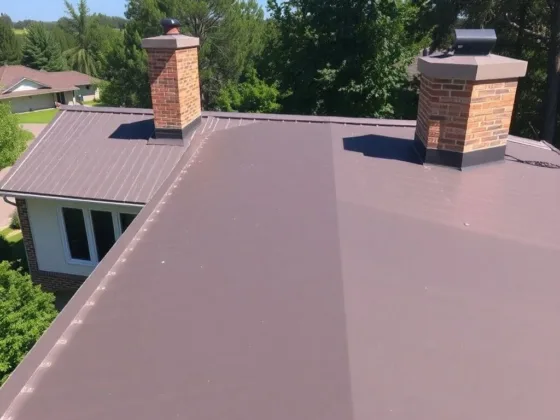Table of Contents Show
Among various structural problems that can happen in a building, the worst are problems faced with the foundation. Foundation problems can manifest in many ways.
Cracks in the foundation are most common, but the effects could be far-reaching as it compromises with the integrity of the structure. When a foundation fails, it shows up in many ways throughout the structure.
From bowing walls, sticking doors and windows, wall cracks to uneven floors, sagging crawl spaces, and collapsing retaining walls, everything is a sign of problems with the foundation.
In addition, there might be floor cracks, foundation heave, brick cracks, chimney cracks, chimney tilt, floor and wall gaps, and nail pops which all point to a failing foundation.
When the foundation fails, it is unable to remove dead and live loads into the ground resulting in weakening the structure at some places that shows up in the way stated above.
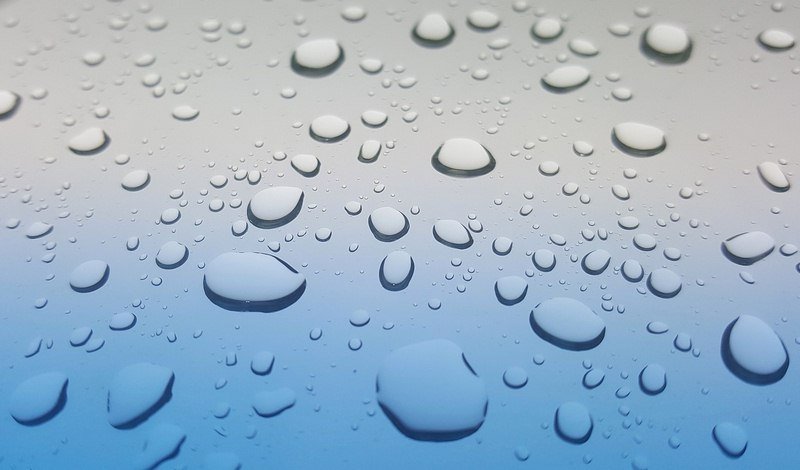
Read Also:
Water is Dangerous for Foundations
Constructional defects of the foundation are bad for structural health, and the majority of foundation damage happens due to water seeping into it. When the soil underneath the foundation becomes wet, it might swell and lose strength and resulting in soil shifting.
If it happens, there is a strong negative impact on the structural integrity, and before any damage can occur, you must consult the experts at Foundation Recovery Systems for resolving the problem once and for all.
Damp conditions are also bad for the foundation because it encourages mold growth. Molds create unpleasant spaces below the ground and pose health hazards.
Therefore, it is most important to ensure proper waterproofing of the foundation to avoid bigger problems with the structural integrity of the building.
Conventional concrete withstands water only up to a certain extent, but it is not waterproof. Provided there are no cracks in the foundation, concrete can hold back liquid water, but it can do little to prevent water vapor from penetrating the foundation.
To prevent water in any form from penetrating the foundation it is essential to make the foundation waterproof and arrange for proper draining of water to protect structural integrity.
Keeping Water Out From the Foundation
Installing proper drainage to guarantee dry spaces below the foundation is not too difficult depending on factors like soil or water table conditions, climate, topography, geographical location, and depth of the foundation.
The drainage system comprises of three distinct features – drains that remove water from the bottom of the foundation, proper design of wall treatment to direct water into the drains and ensure that moisture does not penetrate through the walls, and installing ground surface treatment for directing surface water away from the foundation.
Basement Waterproofing
Taking precautionary measures is the best solution to basement flooding which is quite common. It helps to prevent flooding of the below-grade interior spaces and protects water surrounding the foundation which can spell disaster for the building.
Waterproofing the basement though costly is a valuable investment because it protects the property from damages that can lead to expensive repairs and sometimes irreparable conditions if the problem persists for long.
Methods of Preventing Basement Leaks
While the task of waterproofing requires the involvement of experts who know the job, it helps to know the methods they use and the products suited for preventing basement leaks.
Knowing what waterproofing involves and the process of curing a leaky basement should help to understand the cost involved with proper justification. Most importantly, it should help to find the right service provider as you know what to expect from them.
Now let us look at the methods of making below-grade spaces resistant to water and impermeable too which we know as waterproofing.
Sealants and Interior Waterproofing
The easiest way for water to find its way into the foundation is through the cracks that form in concrete foundations. Luckily, professional foundation repairing companies are well conversant in sealing such cracks by using proper equipment and sealing techniques.
Waterproofing services experts inject a special sealant into the openings created by cracks, which are the moisture entry points, from the inside of below-grade spaces.
The sealant then moves through the cracks and reaches the outside. The sealant must have the capability to prevent leaks even in high humid conditions.
Using watertight coatings to prevent leaks is another option. The method is effective because the coating adheres to the concrete walls permanently and counters the effects of minor condensation or dampness.
However, both solutions are effective in cases of moderate humidity and moisture because they cannot fix flooding and major leaks.
Visit this site for industrial coating solutions.
Waterproofing the Exterior
Applying some protective coating or sealant to the exterior of the foundation requires excavation of the area around the foundation and the entire building up to a depth to reach the foundation base.
After the excavation, experts apply a coating of protective material to the walls of the foundation for sealing and making the walls waterproof and watertight. The water would bounce away from the walls towards the drains and pass through the drainage system.
The application of a coating to the walls prevents water from seeping into the below-grade spaces through the foundation or walls. The exterior coating also protects the home interior from dampness and moisture problems by keeping the foundation dry always.
Interior and Exterior Drainage System Installation
The better is the drainage system lesser are the chances of creating a damp and moist environment around the foundation. Proper drainage allows better control of water and prevents the accumulation which can develop wet conditions.
If water has already penetrated, remove it by using a sump pump to collect and drain water from the below-grade spaces thereby enhancing the drainage system.
Interior drainage systems can efficiently drain out water from below-grade spaces together with water that collects along the foundation. The interior drainage system is most useful during heavy showers, melting of snow, and power outage.
The interior drainage system not only keeps water away from home but ensures a mold and mildew-free environment that aids healthy living. For foundation care, prevention is always a better solution.

